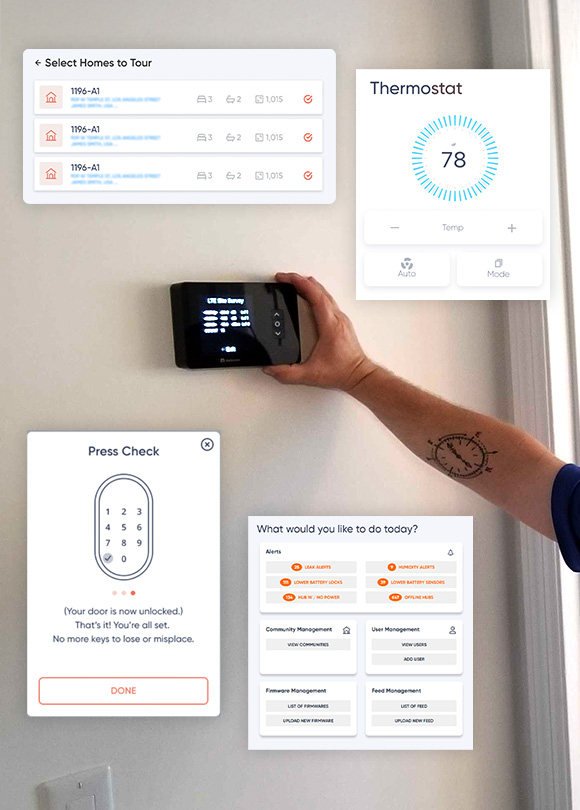
6 Technologies Transforming Internet of Things Application Development
Read more
Unlock transformative business intelligence with AI-powered predictive analytics software. Engineered for precision, our custom-made solutions help businesses eliminate guesswork and gain the competitive edge of real-time, intelligent predictions.
Let's Get Started
Redefine your competitive edge with predictive analytics solutions that drive strategic action in real-time, automatically, and at scale. DPL’s experts can create software that uncovers trends, predicts future outcomes, and optimizes strategies long before your competition catches on.
Forecasts, Insights, and Opportunities
At DPL, we combine our extensive data science expertise, industry-specific knowledge, and cutting-edge AI technology to craft business-ready predictive analytics solutions.
Get expert help to uncover actionable insights that empower smarter decisions and measurable ROI across your operations.
Discover a world of accurate forecasts and powerful insights with software for predictive analytics that’s tailored to your business.
Solve challenges via accurate machine learning models that are designed, trained, and optimized for your business.
Centralize and secure your data for analytics and AI with scalable cloud services like data lakes and warehouses.
Transform sensor data into real-time insights for predictive maintenance and smarter automation.


iApartments integrates IoT to streamline living with app-controlled locks, lights, and thermostats. Property owners reduce vacancies, cut maintenance costs, and attract tech-savvy tenants.
Predictive analytics entails combining historical data, machine learning algorithms, and statistical techniques to forecast future outcomes.
It identifies patterns in past behaviors to make informed predictions. As a result, businesses can be more proactive, anticipating trends, reducing risks, and optimizing decisions.
In a nutshell, predictive analytics are used to make smarter decisions by anticipating what’s likely to happen next based on existing and real-time data patterns.
Depending on your industry, software for predictive analytics can truly boost your operations.
For instance, it helps retail forecast sales and personalize customer experiences. Meanwhile, supply chains benefit it from its ability to predict demand; whereas financial institutions can leverage it to estimate credit risk.
Predictive analytics uses statistical modeling, machine learning, and data mining techniques.
Basically, both historical and current data is collected, cleaned, and prepared. Algorithms are then applied to spot patterns and relationships. Finally, the system carries out validation and cross-validation before predicting outcomes.
Predictive analytics forecasts what is likely to happen using data models. On the other hand, prescriptive analytics goes a step further to suggest actions based on those predictions. So, whereas one predicts, the other guides decision-making.
Here’s an example to make the difference clearer. Predictive analytics may foresee a drop in sales. Meanwhile, prescriptive analytics recommends specific marketing strategies to counter it.
The accuracy of your model will rely on several factors, mainly data quality, model type, and use case. Moreover, regular testing and updates are a must to maintain accuracy since business conditions and data evolve.
That said, well-trained software for predictive analytics using clean, relevant data can be as accurate as 90% of the time. However, you’ll need to maintain a margin of error as predictive analytics offers probabilities rather than certainties.